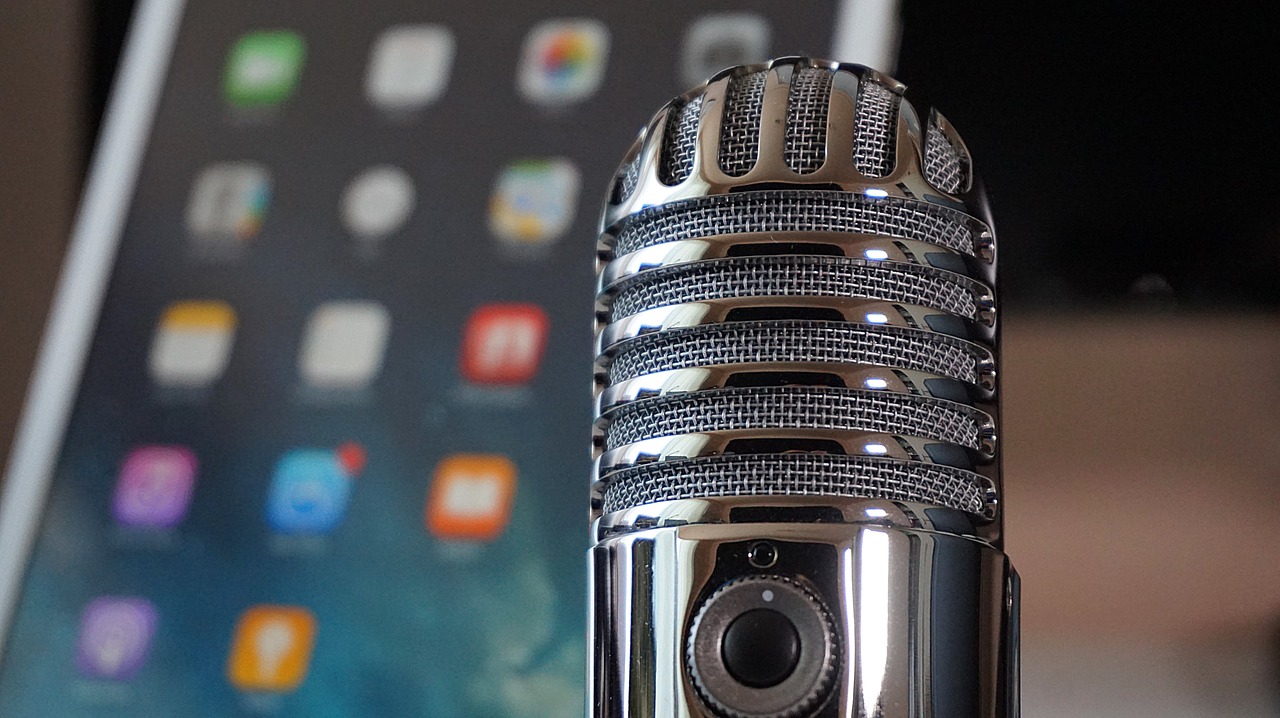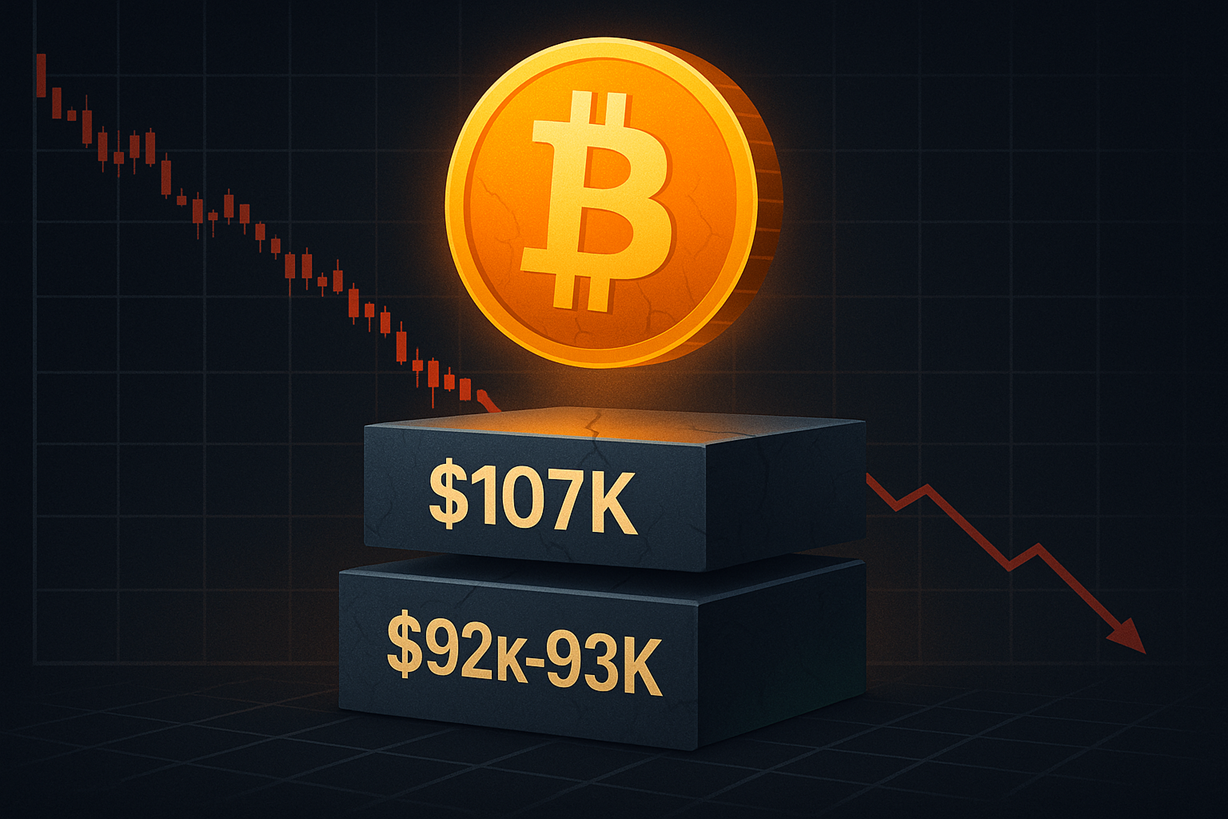Is The Quantity Of Images On Your Webpage A Google Ranking Factor? via @sejournal, @MattGSouthern
You may have heard or read that the number of images on your webpage can impact your Google search rankings. But is it true?The post Is The Quantity Of Images On Your Webpage A Google Ranking Factor? appeared first...

Adding images to written content can help add context for readers and keep them engaged for longer periods.
In turn, that could lead to more time on site, which increases the potential for more pageviews per visit.
There are SEO benefits associated with images as well, such as the ability to earn traffic from more surfaces in Google.
But we all know it’s possible to have too much of a good thing when it comes to SEO.
A few keywords are great, too many is keyword stuffing. Using some structured data is helpful, but going overboard can lead to violations of Google’s guidelines.
Advertisement
Continue Reading Below
Are there any SEO risks associated with using too many images?
That’s the claim we’ll address in this chapter as we answer whether the number of images in a piece of content is a Google ranking factor.
The Claim: The Number Of Images On A Webpage Can Impact Rankings
The number of images in a piece of content is said to impact rankings in a couple of ways.
It’s claimed that using too many images will impact rankings in a negative way. This is due to the fact images can impact page speed, and slower pages tend to not rank as well as faster ones.
Advertisement
Continue Reading Below
There’s another claim suggesting a lack of images in web content can work against a site’s SEO, or that a webpage needs images in order to rank well.
Is there truth to either of those claims? Here’s what the evidence says.
The Evidence: Does The Number Of Images On A Webpage Impact Rankings?
In theory, the number of images on a webpage could negatively impact rankings as the claims suggest.
However, this is not a hard and fast rule, and there’s no exact threshold for determining how many images are “too many.”
The extent to which images impact search rankings depends on how long they take to load.
Embedding a lot of images with large file sizes can make pages slower, which may adversely impact rankings with page speed being a ranking factor. That’s right, page speed is a confirmed ranking factor, albeit a “teeny tiny” one.
On the other hand, if a website employs techniques that allow images to load fast, it can publish galleries of images without issue.
Search Engine Journal’s Complete Guide to On-Page SEO has a chapter on images with tips such as utilizing compression or lazy loading to achieve ideal page speeds.
As it relates to the claim that images are required in order to earn high rankings in Google – there’s no truth to that at all.
Advertisement
Continue Reading Below
For evidence of that look through the first page of any SERP. There’s almost sure to be pages without images. Wikipedia is a prime example of a site that has no problem earning high rankings despite many of its pages not having a single image.
Number Of Images On A Webpage As A Ranking Factor: Our Verdict

There’s no evidence to suggest that the number of images on a webpage, whether too many or too few, is inherently a factor for search rankings.
Advertisement
Continue Reading Below
So don’t feel like you need to limit your use of images in order to rank well.
On the other side, don’t feel obligated to add images on all your pages to appease Google’s algorithms. Just like word count, there is no magic number of images that will help you rank better.
Featured image: Paulo Bobita

 Konoly
Konoly 






























